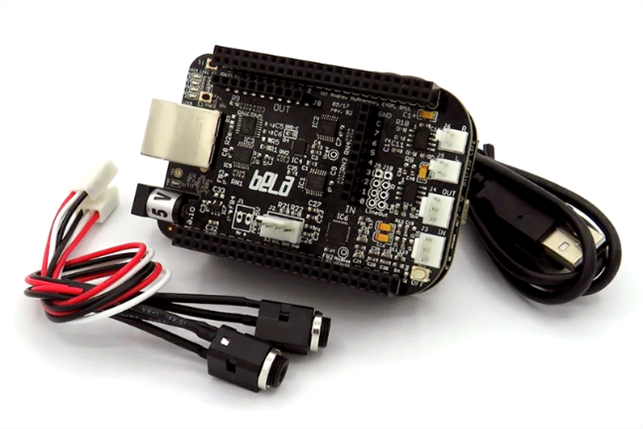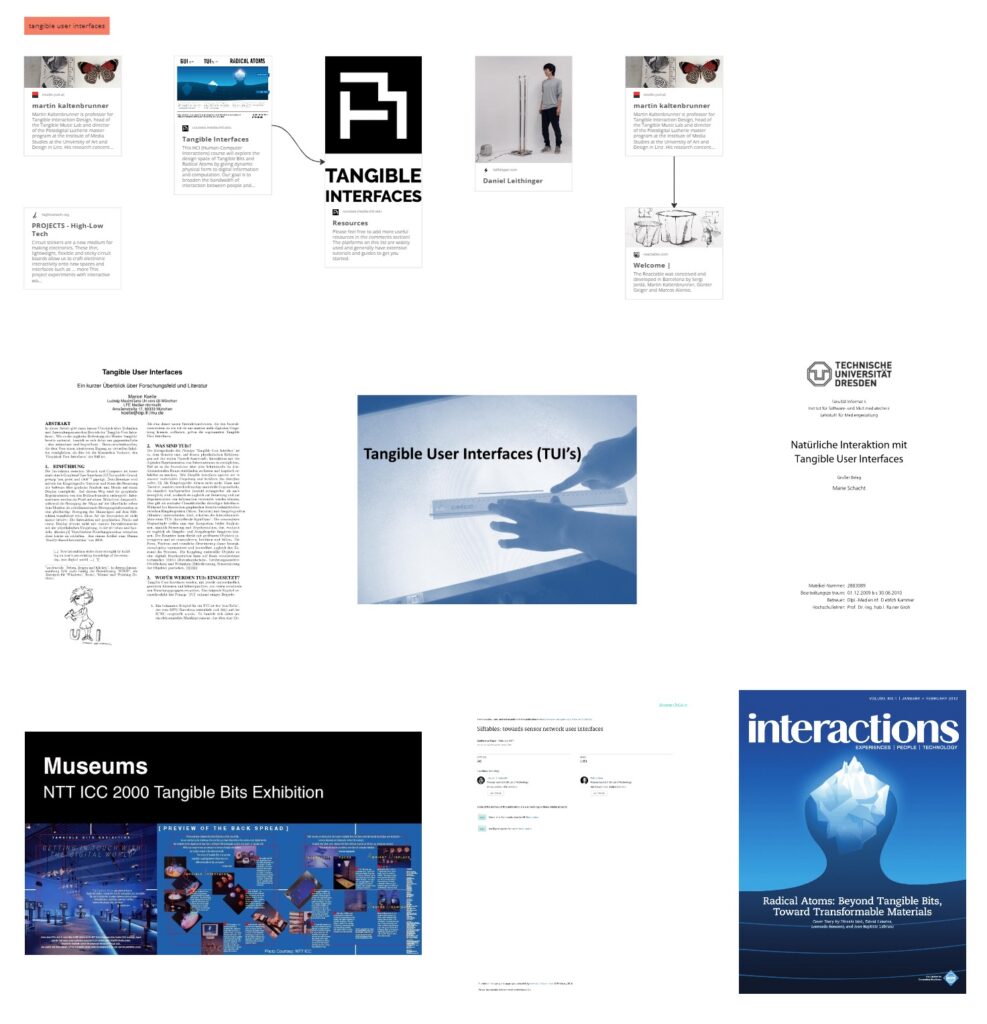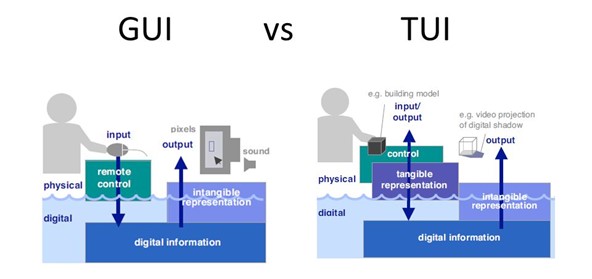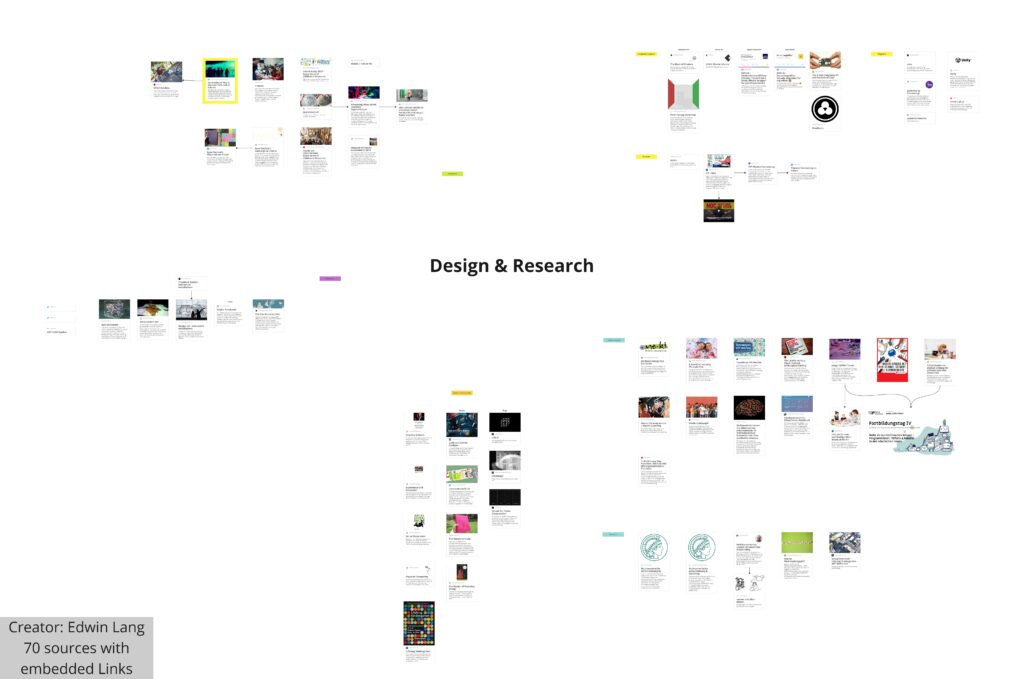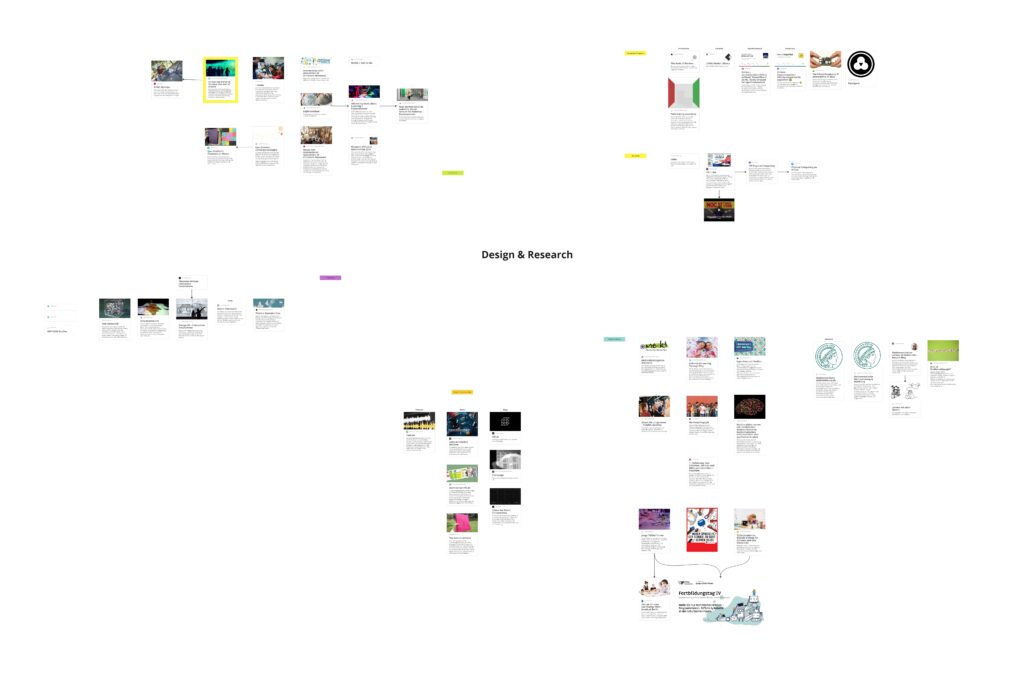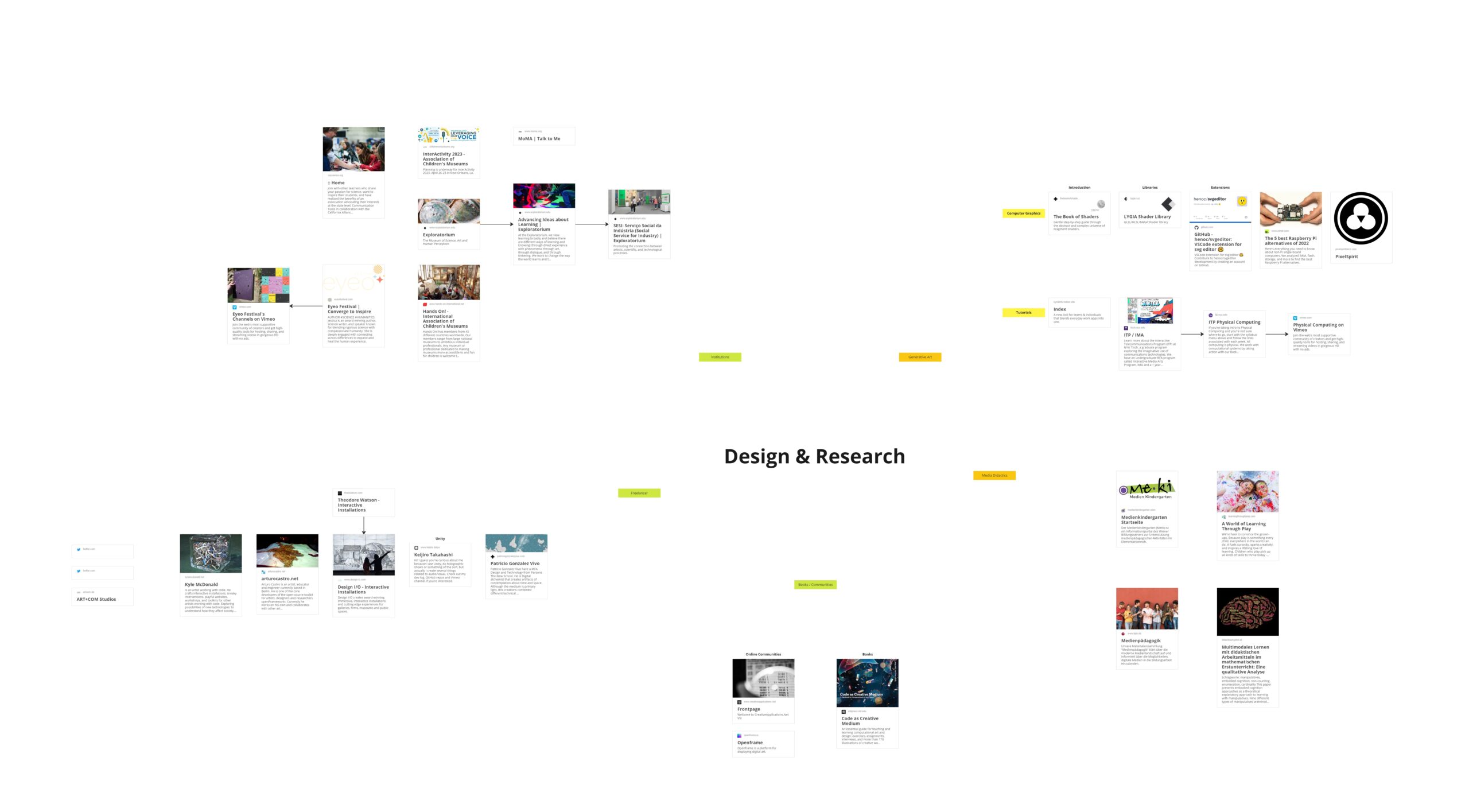Hands-on exhibits are interactive experiences that are designed to engage visitors and facilitate learning through exploration and experimentation. These exhibits can be found in museums, science centers, and other educational settings and often use a variety of technologies, such as computer displays, sensors and robotics to create interactive experiences.
In my opinion, one approach to designing and implementing hands-on exhibits is the principle of Lifelong Kindergarten, developed by the Lifelong Kindergarten group from the Media Lab at the Massachusetts Institute of Technology (MIT). This approach is based on the idea that learning is most effective when it is an active process of constructing knowledge instead of a passive process of receiving information. The principle of Lifelong Kindergarten emphasizes hands-on, experiential learning, and encourages learners to actively construct their own understanding of new concepts and ideas through exploration, experimentation, and problem-solving. Mitch Resnick who is leading the Lifelong Kindergarten group says that school and the rest of life should become more like Froebel’s kindergarten – driven by what he calls the “Four Ps”: Projects, Passion, Peers, and Play. More details of his theory can be found in his book called Lifelong Kindergarten, Cultivating Creativity through Projects, Passion, Peers, and Play and maybe I will write a separate blog post on his principles in the future.[1][2][3]
In the context of hands-on exhibits, the principle of Lifelong Kindergarten can be used to design interactive experiences that are engaging and effective in making learning more fun and exciting. This might involve using technologies such as openFrameworks, Processing, Unity3D or vvvv – toolkits and programs that can be used to create interactive media and visualizations. [4][5][6]
Another related concept is the philosophy of serious games, which refers to the use of games and game-like approaches for the purposes beyond entertainment. In the context of hands-on exhibits, this philosophy can be used to create interactive exhibits that use game-like elements to teach specific concepts, engage visitors in problem-solving or decision-making activities. [7]
In my opinion the principles of Lifelong Kindergarten from MIT and the philosophy of serious games can be combined and a useful approach when designing and implementing hands-on exhibits. Especially in the context of science, technology and society, which I want to focus on, one can develop exhibits that are engaging and effective for playful learning to raise awareness and explain complex problems, difficult to talk about.
References:
[1] Lifelong Kindergarten, Cultivating Creativity through Projects, Passion, Peers, and Play; Mitchel Resnick MIT Media Lab; 2017
[2] Experience And Education; John Dewey; 1997
[3] Tüftel Akademie – Fortbildungstag IV (https://bildungsserver.berlin-brandenburg.de/fileadmin/bbb/themen/Medienbildung/Schulorganisation/praesentation__scratch-robotik_junge-tueftlerinnen.pdf)
[4] https://processing.org/
[5] https://openframeworks.cc/
[6] https://visualprogramming.net/
[7] https://klimakommunikation.klimafakten.de/showtime/kapitel-13-du-musst-nicht-immer-reden-spiele-kunst-literatur-und-humor/

